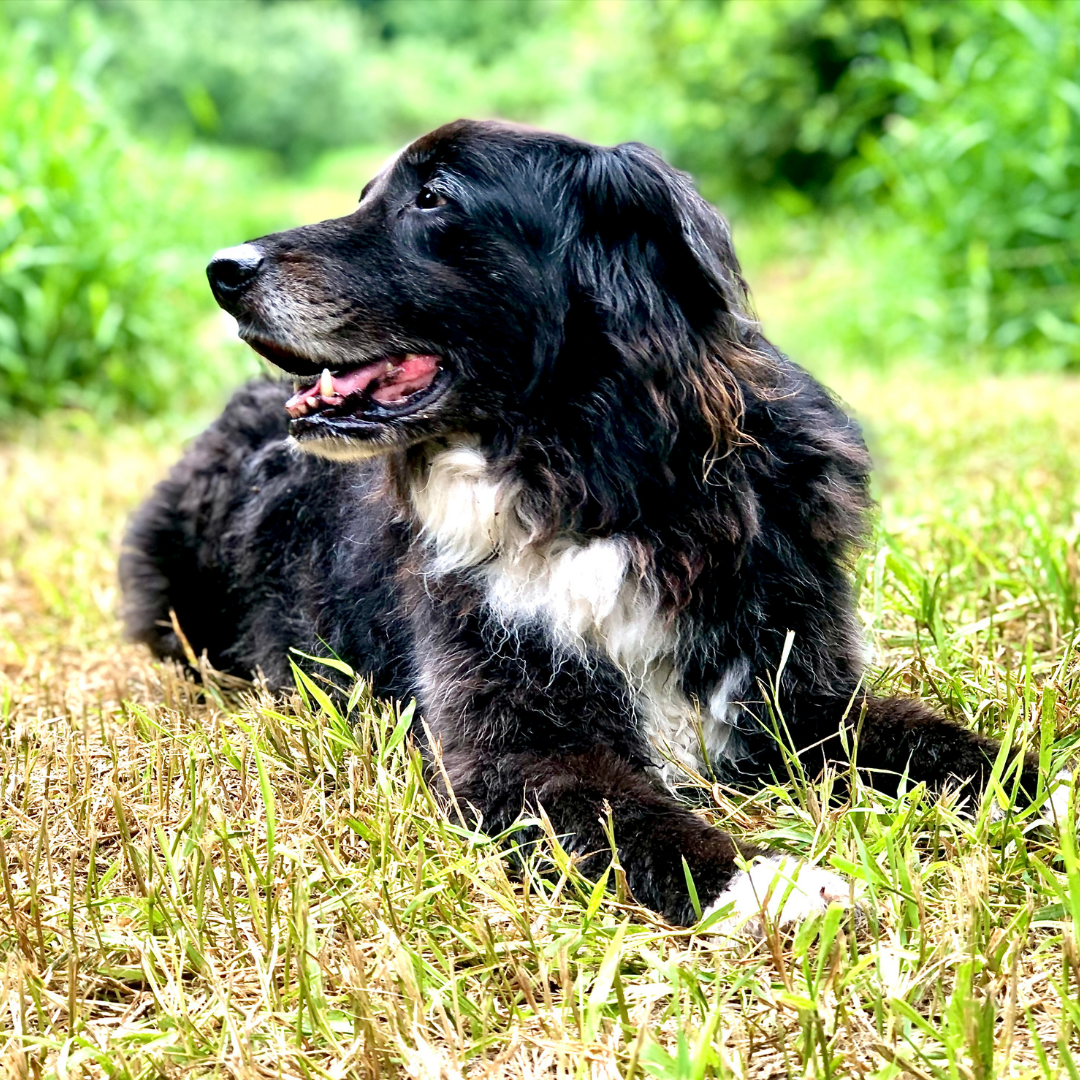
Should Children go to the Dog Park?
My short answer, no.
When my 5 and 7-year-old children ask why they cannot go to the dog park, I tell them, “going to the dog park sounds like a lot of fun, I totally get it — you get to be outside while watching dogs play. Unfortunately, for some of those dogs, having you at the dog park isn’t so fun. You know how you love to run, get loud when you’re excited, jump up and down, and use your whole body to talk and tell stories? All of that movement and noise can be scary for some dogs, and some have never even met a child. Just seeing you might scare them, and when a dog gets scared, they can make bad choices. And because they have teeth, that also means they can bite. We do things too when we’re scared, like hide, scream, or find someone to help us feel safe. Let’s help those dogs feel safe, leave SunDog at home, and let’s go to the playground instead?”
There are many reasons why I believe children under the age of 12 should not be allowed in the dog park. The most obvious is that many dog parks have age requirements. Through a quick online search, I found on average, they range from 6 to 16 years old and the child must be actively supervised by an adult. Some discourage children at the dog park altogether.
No matter how well-behaved or responsible your child is, you cannot control the actions of another human or canine, especially those unfamiliar to you and your child. Not all animals at the dog park are well-mannered, this includes the humans. Humans can be easily distracted, and some lack the basic understanding of dog body language and behavior, while others simply do not follow the rules. We must also consider the dog who is accompanied by an unknowing, yet well-intentioned adult who has little to no experience with children. Before we start chucking judgement, I think we need to open that dog park gate with empathy and remember that people are generally well-intentioned. Good intentions don’t prevent dog bites, though, prevention does.
Children ages 5-9 are the most vulnerable to dog bites, while babies, toddlers and young children who do not have the ability to self-regulate are also ill-protected from dangerous situations. Though very few dog bites require surgery and most happen within the home environment, bites to children occur most often to the head, neck, and face. These injuries can leave long-term emotional and physical damage. As a parent, it is our responsibility to keep our children safe, and by not bringing them to the dog park, we prevent bad things from happening.
Let’s talk now about the dogs. Dr. Zazie Todd who writes the Companion Animal Blog reviewed a study published in Applied Animal Behaviour Science that found “salivary cortisol increased significantly from baseline levels following 20 min in the dog park.” Though their sample was small, they also did a follow-up study where the dogs cortisol showed no increase following a 20 min walk.
Because cortisol is known to be an indicator of a stress response in dogs, there are dogs at the dog park being exposed to triggers such as children that cause undue stress and anxiety. Even worse, when put into a situation where a dog will not succeed, a traumatic experience could cause that dog a lifetime of fear and/or reactivity.
If you choose to take your child to the dog park, I highly encourage you to be as attentive as a hawk not only to your child and dog, but to the environment, circumstances, and all other individuals in proximity. Promote calm behavior in your child, as loud, exuberant behavior can arouse a negative response in some dogs, like fear, or in rare cases, prey drive. This means no running or screaming and your child should not be in charge of your dog. This is an adult’s responsibility. Also, avoid congregating near the dog park entrances or exits, for dogs with spacial concerns, this can be challenging and hard to physically navigate.
A child’s presence alone could set a fearful dog up to fail. If you see a dog hiding, moving away, or trying to escape from your child’s presence, leave and come back at another time. Do so too if you witness a dog standing tall or stiff and leaning forward while staring at your child, or with their head and chest lowered while creeping forward. Other body language you should pay attention to when observing the above behaviors is a closed mouth, forward ears, and a high and erect tail. These are all warning signs that a dog may resort to something more obvious, like barking, snarling, growling, lunging, and/or biting.
Knowing what can cause a dog to bite and recognizing when a dog needs space is crucial to creating safe and appropriate interactions between children and dogs. Data tells us that the most dog bites occur in the Summer months, and because we are gradually coming out of the pandemic, our dogs’ exposure to new people, places, and things has been limited. We are seeing more and more dogs who require a slower, more gentler, and thoughtful approach to proper reintroductions to the world. Keep this in mind when heading out the door to your local dog park — some individuals might require a slower pace than you, humans and dogs alike.
References and Other Valuable Resources:
https://www.whole-dog-journal.com/care/socialization/the-pros-and-cons-of-dog-parks/
https://www.preventivevet.com/dogs/what-you-should-know-before-taking-your-puppy-to-the-dog-park
https://apdt.com/resource-center/dog-parks-good-bad-ugly/
http://www.kathysdao.com/articles/good-manners-for-dogs-people-in-off-leash-parks/
https://drsophiayin.com/blog/entry/dog-park-etiquette-rules/
https://www.companionanimalpsychology.com/2013/12/should-you-take-your-dog-to-dog-park.html
https://www.doggielanguagebook.com/
https://www.robinkbennett.com/2013/11/18/three-dogs-who-shouldnt-be-at-the-dog-park-or-daycare/
https://paws4udogs.wordpress.com/2012/04/09/dog-dog-socialization-beyond-the-dog-park/
https://dogtime.com/dog-health/general/5014-introduce-puppy-dog-parks-dunbar-faq
https://www.whole-dog-journal.com/care/dog-park-etiquette/
https://www.avma.org/resources-tools/pet-owners/dog-bite-prevention
https://www.sciencedirect.com/science/article/pii/S240584401838527X
https://www.ncbi.nlm.nih.gov/pmc/articles/PMC6431755/
https://blog.doggiedrawings.net/post/174154269136
https://iaabc.org/resources/dog-park-public
https://journals.sagepub.com/doi/10.1177/2292550318767924?icid=int.sj-full-text.similar-articles.1&

Leave a comment